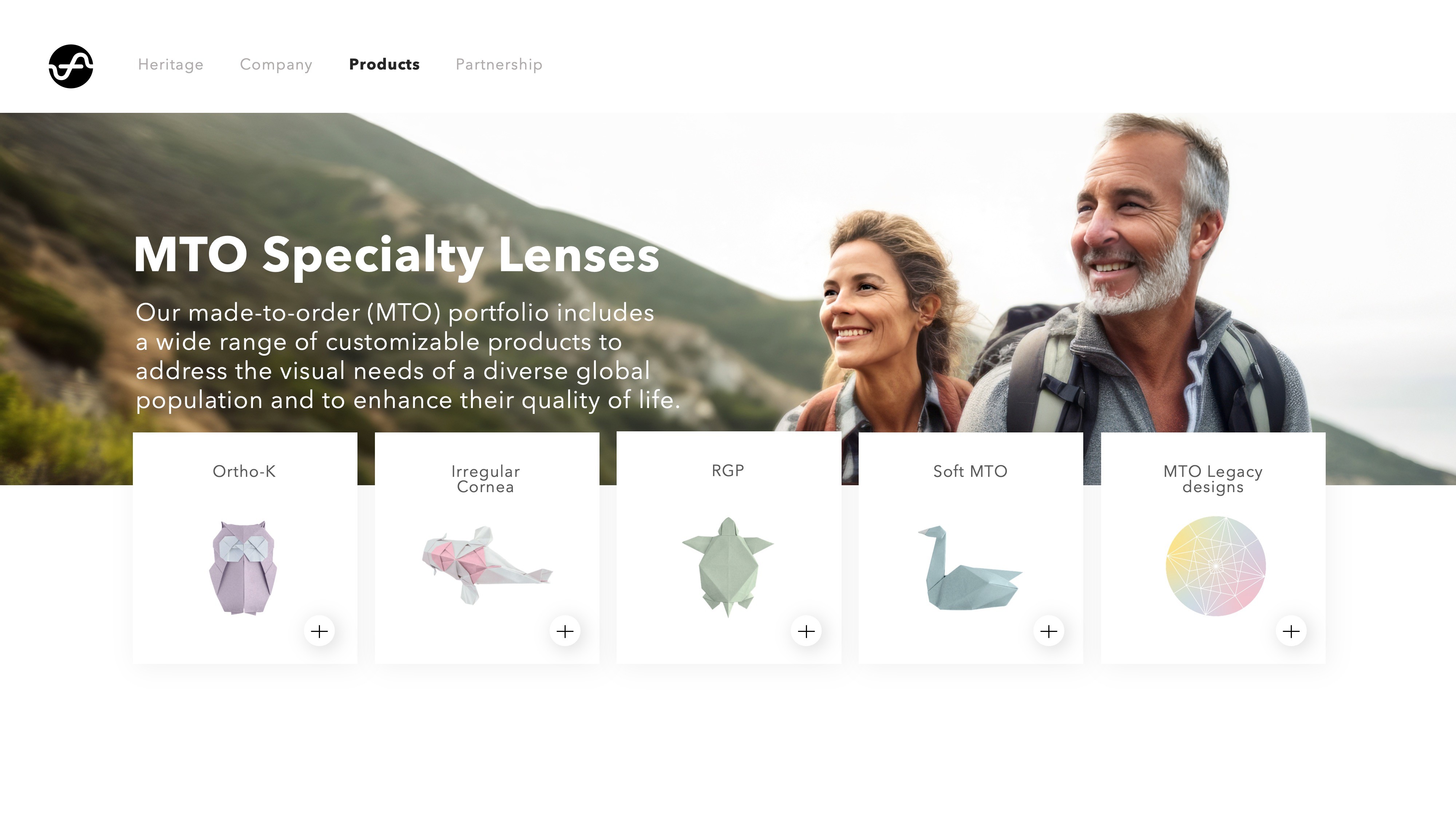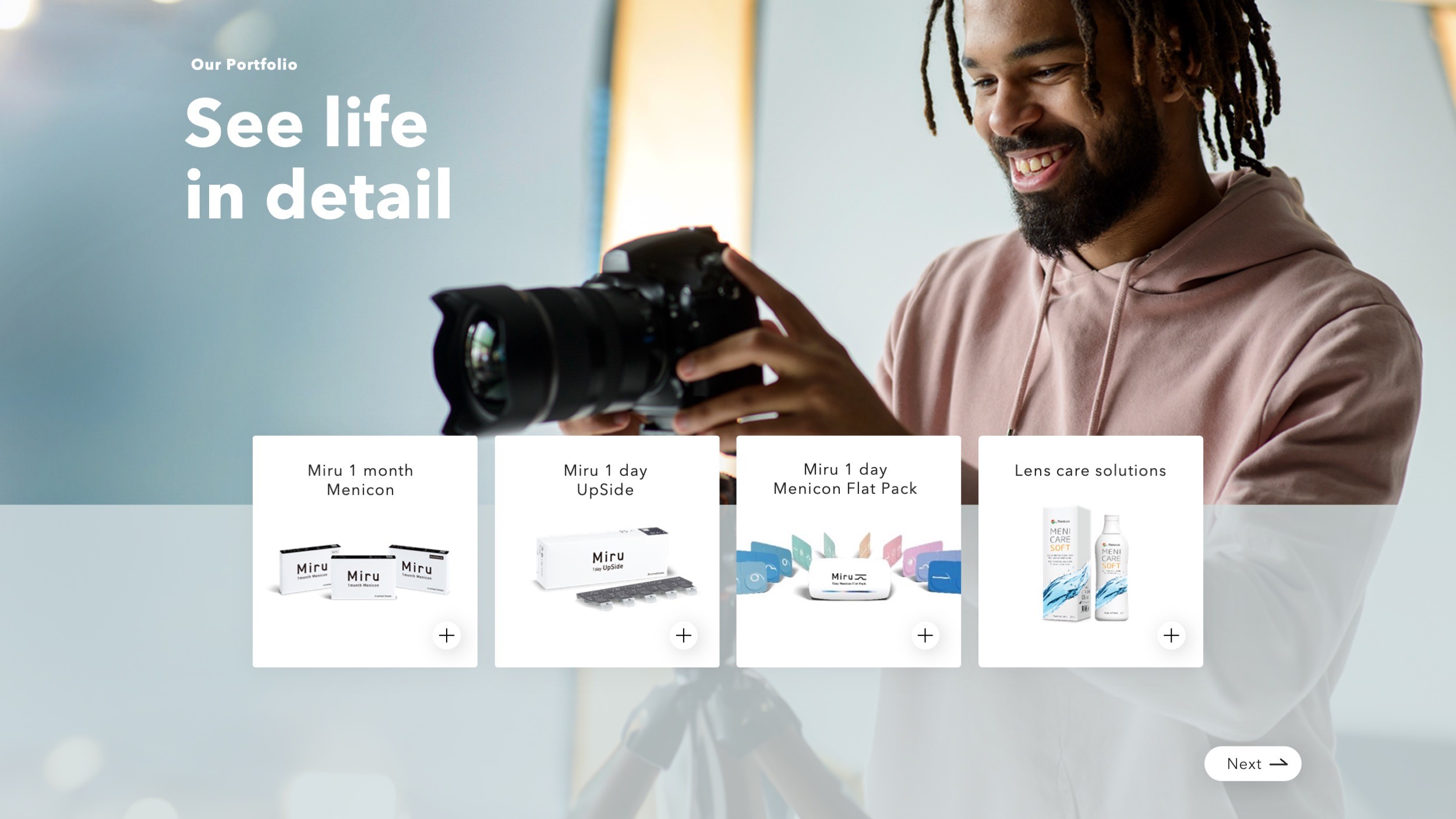
Sales Solution
A Proven Approach to Create Effective Presentation Assets for a Successful Sales Journey.

Sales Solution
A Proven Approach to Create Effective Presentation Assets for a Successful Sales Journey.

Sales Solution
A Proven Approach to Create Effective Presentation Assets for a Successful Sales Journey.

Sales Solution
A Proven Approach to Create Effective Presentation Assets for a Successful Sales Journey.

Sales Solution
A Proven Approach to Create Effective Presentation Assets for a Successful Sales Journey.

Sales Solution
A Proven Approach to Create Effective Presentation Assets for a Successful Sales Journey.
You're Investing in Lead Generation. But Are You Converting them?
You're Investing in Lead Generation. But Are You Converting them?
Most companies pour time and money into lead generation — but leave the last mile to chance. Sales stories are improvised. Decks are built on the fly. There's no strategy, no consistency, and no real system.
We fix that. We professionalize your sales narrative, your presentation and materials— and we embed that improvement into your organization.
Most companies pour time and money into lead generation — but leave the last mile to chance. Sales stories are improvised. Decks are built on the fly. There's no strategy, no consistency, and no real system.
We fix that. We professionalize your sales narrative, your presentation and materials— and we embed that improvement into your organization.




How Our Sales Solution Works:
How Our Sales Solution Works:
01
01
01
01
01
01
Define Strategy & Sales Story
Define Strategy & Sales Story



Success is driven by the right knowledge, insights, and strategy, which must be defined before we begin creating assets.
Success is driven by the right knowledge, insights, and strategy, which must be defined before we begin creating assets.
Research
Research
Research
Research
Research
Research
Approach
Approach
Approach
Approach
Approach
Approach
02
02
02
02
02
02
Develop Sales Materials
Develop Sales Materials

Guided by our research and strategy, we identify the ideal presentation assets for each interaction with your prospect.
Guided by our research and strategy, we identify the ideal presentation assets for each interaction with your prospect.
Possible Materials
Possible Materials
Possible Materials
Possible Materials
Possible Materials
Possible Materials
03
03
03
03
03
03
Empower Your Team
Empower Your Team

Once the materials are ready, we ensure your team is enthusiastic and well-trained to effectively use the new resources.
Once the materials are ready, we ensure your team is enthusiastic and well-trained to effectively use the new resources.
Launch
Launch
Launch
Launch
Launch
Launch
Train
Train
Train
Train
Train
Train
04
04
04
04
04
04
Optimize &
Improve
Optimize &
Improve



It's important to optimize the materials based on first experiences and learnings. It's a way to keep your team empowered and to improve results as we go.
It's important to optimize the materials based on first experiences and learnings. It's a way to keep your team empowered and to improve results as we go.
Collect insights
Collect insights
Collect insights
Collect insights
Collect insights
Collect insights
Optimize
Optimize
Optimize
Optimize
Optimize
Optimize
We Help Large and Mid-Size Organizations Sell B2B Propositions with Effective Presentation Assets.
We Help Large and Mid-Size Organizations Sell B2B Propositions with Effective Presentation Assets.
What This Results in:
What This Results in:
👩💼
A set of presentation assets tailored to meet the specific needs of your prospects.
👩💼
A set of presentation assets tailored to meet the specific needs of your prospects.
👩💼
A set of presentation assets tailored to meet the specific needs of your prospects.
👩💼
A set of presentation assets tailored to meet the specific needs of your prospects.
👩💼
A set of presentation assets tailored to meet the specific needs of your prospects.
👩💼
A set of presentation assets tailored to meet the specific needs of your prospects.
🧬
Modern presentation assets aligned in both messaging and visual style.
🧬
Modern presentation assets aligned in both messaging and visual style.
🧬
Modern presentation assets aligned in both messaging and visual style.
🧬
Modern presentation assets aligned in both messaging and visual style.
🧬
Modern presentation assets aligned in both messaging and visual style.
🧬
Modern presentation assets aligned in both messaging and visual style.
⚒️
Presentation assets designed to be easily tailored for different settings and audiences.
⚒️
Presentation assets designed to be easily tailored for different settings and audiences.
⚒️
Presentation assets designed to be easily tailored for different settings and audiences.
⚒️
Presentation assets designed to be easily tailored for different settings and audiences.
⚒️
Presentation assets designed to be easily tailored for different settings and audiences.
⚒️
Presentation assets designed to be easily tailored for different settings and audiences.
🎉
An engaged and well-trained sales team equipped to deliver exceptional sales presentations.
🎉
An engaged and well-trained sales team equipped to deliver exceptional sales presentations.
🎉
An engaged and well-trained sales team equipped to deliver exceptional sales presentations.
🎉
An engaged and well-trained sales team equipped to deliver exceptional sales presentations.
🎉
An engaged and well-trained sales team equipped to deliver exceptional sales presentations.
🎉
An engaged and well-trained sales team equipped to deliver exceptional sales presentations.
And overall, more commercial success.
And overall, more commercial success.
And overall,
more commercial success.
Discover How We Are Helping Other Organizations.
Discover How We Are Helping Other Organizations.


Helping Menicon to Introduce the Company to European Retailers.
Sales Solution
Healthcare


Helping Menicon to Introduce the Company to European Retailers.
Sales Solution
Healthcare


Helping Menicon to Introduce the Company to European Retailers.
Sales Solution
Healthcare


Helping Menicon to Introduce the Company to European Retailers.
Sales Solution
Healthcare


Helping Menicon to Introduce the Company to European Retailers.
Sales Solution
Healthcare


Helping Menicon to Introduce the Company to European Retailers.
Sales Solution
Healthcare


Helping Vattenfall Take the Automotive Industry on a Journey to the Future.
Sales Solution
Energy


Helping Vattenfall Take the Automotive Industry on a Journey to the Future.
Sales Solution
Energy


Helping Vattenfall Take the Automotive Industry on a Journey to the Future.
Sales Solution
Energy


Helping Vattenfall Take the Automotive Industry on a Journey to the Future.
Sales Solution
Energy


Helping Vattenfall Take the Automotive Industry on a Journey to the Future.
Sales Solution
Energy


Helping Vattenfall Take the Automotive Industry on a Journey to the Future.
Sales Solution
Energy


Helping a Hedge Fund Secure a Multi-Million Dollar RFP from One of the World's Largest Investment Firms.
Sales Solution
Financial Services


Helping a Hedge Fund Secure a Multi-Million Dollar RFP from One of the World's Largest Investment Firms.
Sales Solution
Financial Services


Helping a Hedge Fund Secure a Multi-Million Dollar RFP from One of the World's Largest Investment Firms.
Sales Solution
Financial Services


Helping a Hedge Fund Secure a Multi-Million Dollar RFP from One of the World's Largest Investment Firms.
Sales Solution
Financial Services


Helping a Hedge Fund Secure a Multi-Million Dollar RFP from One of the World's Largest Investment Firms.
Sales Solution
Financial Services


Helping a Hedge Fund Secure a Multi-Million Dollar RFP from One of the World's Largest Investment Firms.
Sales Solution
Financial Services
View more cases
View more cases
View more cases
View more cases
View more cases
Our Way of Working
01
01
01
01
01
01
AI Optimized
Process and
Products.
We utilize AI to make both our lives easier and our products better. We continuously test and implement new tools to learn quicker and develop better, smarter,
sales materials for our clients and ways
to implement them into your business.
02
02
02
02
02
02
Weekly Sprints to Deliver Value Fast.
Based on your objectives, we will determine the number of weekly sprints required. Within a month after the kick-off, your team will already be able to
start working with improved new
story and materials.
03
03
03
03
03
03
We Will do The Heavy Lifting.
We provide a structured process, and we will take work off your hands while your team focuses on daily business.
Of course, we schedule ample feedback moments along the way.
Frequently Asked Questions About Our Sales Solution
🧠 Strategy & Impact
🧠 Strategy & Impact
🧠 Strategy & Impact
🧠 Strategy & Impact
🧠 Strategy & Impact
🧠 Strategy & Impact
🛠 Process & Tools
🛠 Process & Tools
🛠 Process & Tools
🛠 Process & Tools
🛠 Process & Tools
🛠 Process & Tools
📈 Results & Trust
📈 Results & Trust
📈 Results & Trust
📈 Results & Trust
📈 Results & Trust
📈 Results & Trust
Let’s Discover If We’re The Right Fit For You
We don’t do one-size-fits-all. We work with ambitious teams who want to bring clarity, consistency, and performance to their sales approach. Book a short, no-strings conversation to explore your sales goals, challenges, and whether we’re the right fit.
Leave us a message
Or give us a call

Amsterdam +31 20 71 5897 4
Sven van Groeningen - Partner & Director
Let’s Discover If We’re The Right Fit For You
We don’t do one-size-fits-all. We work with ambitious teams who want to bring clarity, consistency, and performance to their sales approach. Book a short, no-strings conversation to explore your sales goals, challenges, and whether we’re the right fit.
Leave us a message
Or give us a call

Amsterdam +31 20 71 5897 4
Sven van Groeningen - Partner & Director
Let’s Discover If We’re The Right Fit For You
We don’t do one-size-fits-all. We work with ambitious teams who want to bring clarity, consistency, and performance to their sales approach. Book a short, no-strings conversation to explore your sales goals, challenges, and whether we’re the right fit.
Leave us a message
Or give us a call

Amsterdam +31 20 71 5897 4
Sven van Groeningen - Partner & Director
Let’s Discover If We’re The Right Fit For You
We don’t do one-size-fits-all. We work with ambitious teams who want to bring clarity, consistency, and performance to their sales approach. Book a short, no-strings conversation to explore your sales goals, challenges, and whether we’re the right fit.
Leave us a message
Or give us a call

Amsterdam +31 20 71 5897 4
Sven van Groeningen - Partner & Director
Let’s Discover If We’re The Right Fit For You
We don’t do one-size-fits-all. We work with ambitious teams who want to bring clarity, consistency, and performance to their sales approach. Book a short, no-strings conversation to explore your sales goals, challenges, and whether we’re the right fit.
Leave us a message
Or give us a call

Amsterdam +31 20 71 5897 4
Sven van Groeningen - Partner & Director
Let’s Discover If We’re The Right Fit For You
We don’t do one-size-fits-all. We work with ambitious teams who want to bring clarity, consistency, and performance to their sales approach. Book a short, no-strings conversation to explore your sales goals, challenges, and whether we’re the right fit.
Leave us a message
Or give us a call

Amsterdam +31 20 71 5897 4
Sven van Groeningen - Partner & Director
Get Valuable Strategy, Tricks, and Presentation Insights Straight to Your Inbox.
By signing up to receive emails from Mr.Prezident you agree to our Privacy Policy. We treat your info responsibly. Unsubscribe anytime.
Amsterdam
Ambonplein 67 1094 PW Amsterdam, Netherlands
New York
154 Grand Street
New York, NY 10013 USA
Copyright © 2025 Mr.Prezident
Get Valuable Strategy, Tricks, and Presentation Insights Straight to Your Inbox.
By signing up to receive emails from Mr.Prezident you agree to our Privacy Policy. We treat your info responsibly. Unsubscribe anytime.
Amsterdam
Ambonplein 67 1094 PW Amsterdam, Netherlands
New York
154 Grand Street
New York, NY 10013 USA
Copyright © 2025 Mr.Prezident
Get Valuable Strategy, Tricks, and Presentation Insights Straight to Your Inbox.
By signing up to receive emails from Mr.Prezident you agree to our Privacy Policy. We treat your info responsibly. Unsubscribe anytime.
Amsterdam
Ambonplein 67 1094 PW Amsterdam, Netherlands
New York
154 Grand Street
New York, NY 10013 USA
Copyright © 2025 Mr.Prezident
Get Valuable Strategy, Tricks, and Presentation Insights Straight to Your Inbox.
By signing up to receive emails from Mr.Prezident you agree to our Privacy Policy. We treat your info responsibly. Unsubscribe anytime.
Amsterdam
Ambonplein 67 1094 PW Amsterdam, Netherlands
New York
154 Grand Street
New York, NY 10013 USA
Copyright © 2025 Mr.Prezident
Get Valuable Strategy, Tricks, and Presentation Insights Straight to Your Inbox.
By signing up to receive emails from Mr.Prezident you agree to our Privacy Policy. We treat your info responsibly. Unsubscribe anytime.
Amsterdam
Ambonplein 67 1094 PW Amsterdam, Netherlands
New York
154 Grand Street
New York, NY 10013 USA
Copyright © 2025 Mr.Prezident
Get Valuable Strategy, Tricks, and Presentation Insights Straight to Your Inbox.
By signing up to receive emails from Mr.Prezident you agree to our Privacy Policy. We treat your info responsibly. Unsubscribe anytime.
Amsterdam
Ambonplein 67 1094 PW Amsterdam, Netherlands
New York
154 Grand Street
New York, NY 10013 USA
Copyright © 2025 Mr.Prezident













